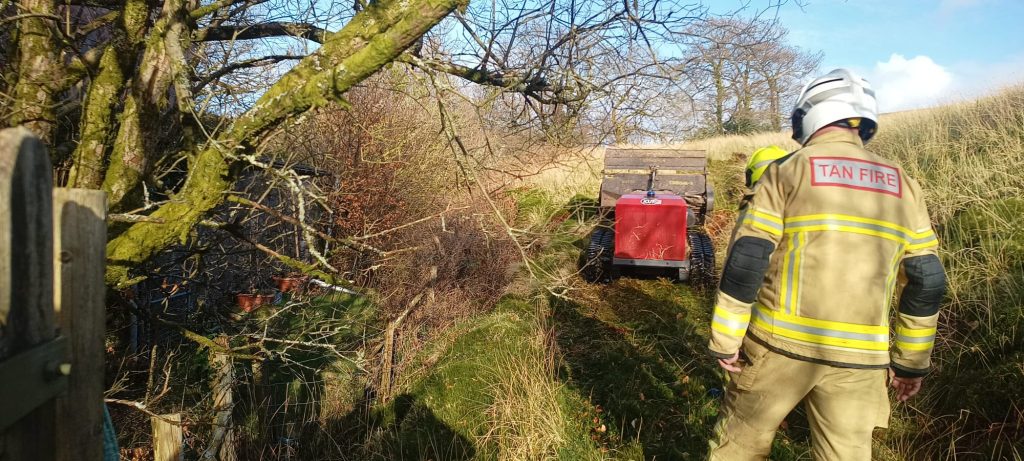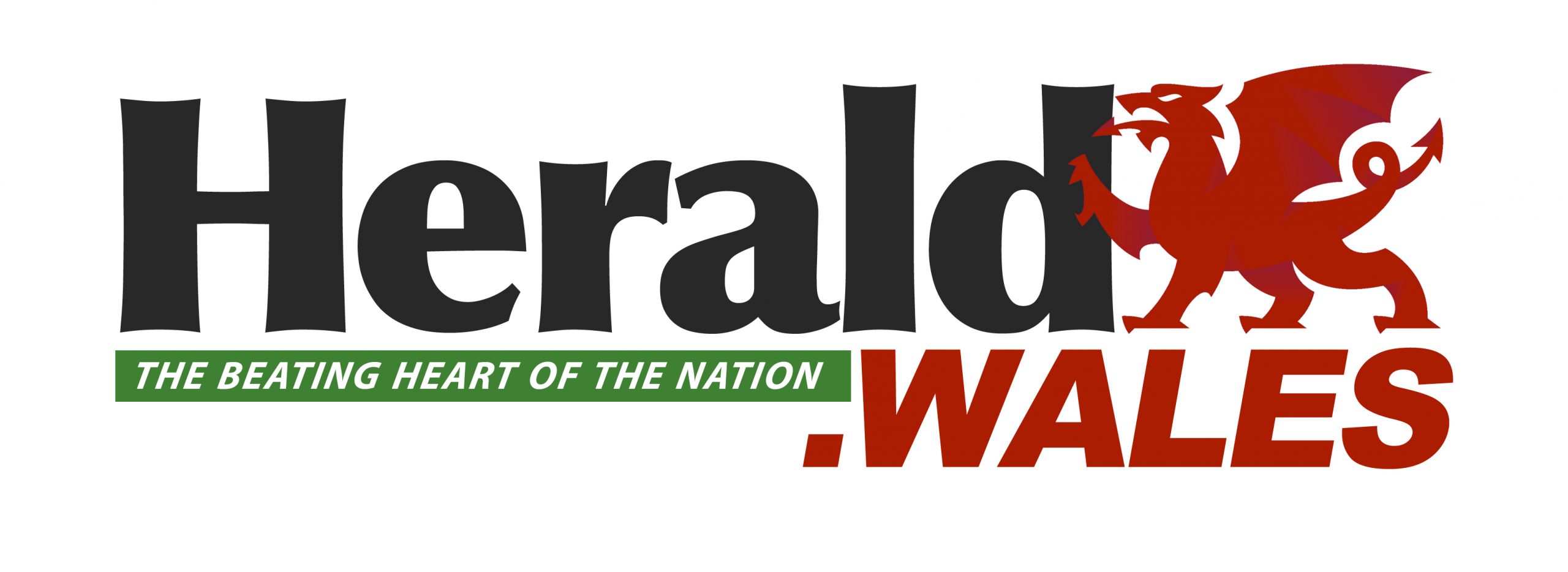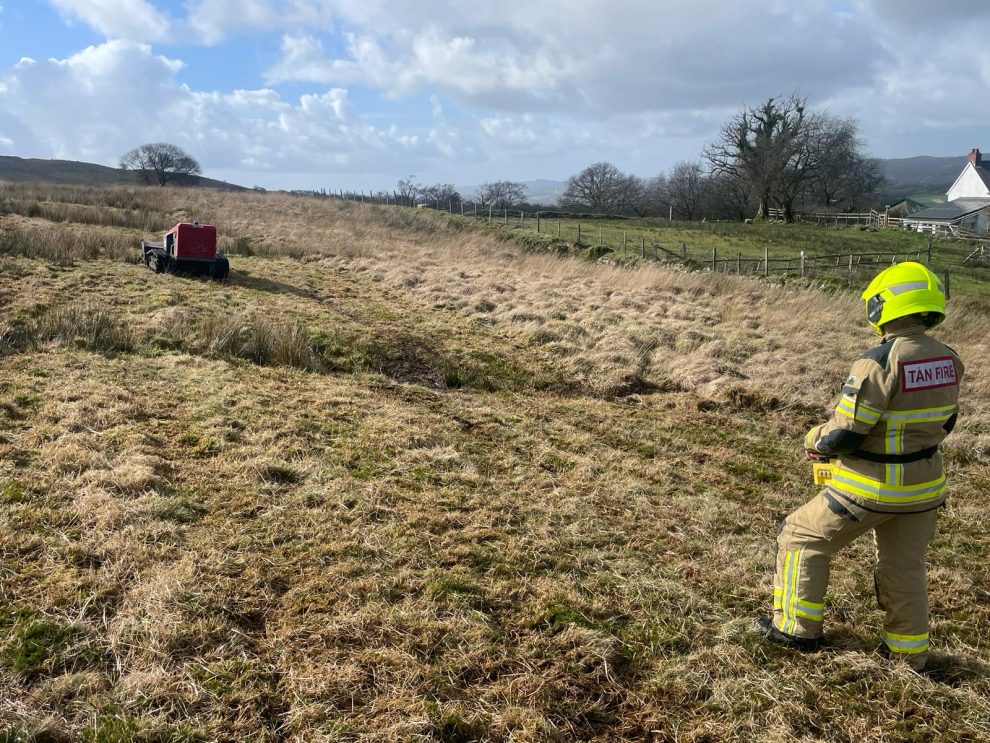MID AND WEST Wales Fire and Rescue Service (MAWWFRS) has been working closely with Wardens from Bannau Brycheiniog National Park, as well as landowners and graziers, to cut firebreaks ahead of the summer months.
Every year fire is responsible for the destruction of thousands of hectares of countryside, open space and wildlife habitats, and team members from MAWWFRS and Bannau Brycheiniog recently cut firebreaks across the Mynydd Du range.
Firebreaks are essential elements in protecting wildlife and the countryside from wildfires. They are strategically placed gaps or cleared areas in vegetation that are designed to impede the spread of fire. By creating a barrier, firebreaks help prevent wildfires from engulfing vast areas of land, thereby safeguarding wildlife habitats and minimising damage to the natural environment.
Not only do they slow the spread of wildfires, firebreaks also serve as access points for firefighters, allowing them to better control and extinguish fires before they escalate.
Since acquiring an ‘iCut’ remote-controlled flail mower, MAWWFRS’s Arson Reduction Team has been working with partners, including Bannau Brycheiniog National Park, to identify areas where there are patterns of regular deliberate fire setting taking place, as well as identifying properties, infrastructure and habitats that are deemed as being at risk from the risk of wildfires.

Northern Division Arson Reduction Officer Jeremy Turner said: “Working with partner agencies such as Bannau Brycheiniog National Park is essential in reducing the impact of deliberately set fires across our Service area.
“By utilising the knowledge and expertise of Park Wardens and the Arson Reduction Team, we are able to plan and create suitable firebreaks to ultimately reduce the impact on the communities that we serve.
“We recognise the importance of responsible vegetation management through methods such as prescribed burning and MAWWFRS has a number of ways in which we can offer support to landowners and managers such as creating a burn plan and firebreak planning.
“The current season for carrying out prescribed burning has now come to an end and I’d like to issue a reminder that burning outside of the permitted season is illegal and financial penalties can be incurred.”
Dr Paul Sinnadurai, Bannau Brycheiniog’s Senior Ecologist for Peatlands, Rivers and Wetlands, said: “Badly set and unmanaged fires, so-called wildfires, can have damaging consequences for ground-nesting birds, small mammals, amphibians and reptiles, and for the heather-rich vegetation, which in Britain is internationally important.
“Wildfires can also damage peat-rich habitats such as Bannau Brycheiniog’s blanket bogs, another internationally important habitat, releasing carbon into the atmosphere and contributing to the greenhouse gas emissions that cause global warming.
“Cutting firebreaks helps mitigate this damage, allowing us time to intervene in other ways, for example through controlled burns, cattle grazing and peat restoration works.”
More information on the Wildfire Wise campaign by the Wales Wildfire Board – a multi-agency approach to better understand and manage the risk of wildfire on the environment and the communities of Wales – can be found here.
More information on the advice and support available to farmers and landowners by MAWWFRS can be found here.














